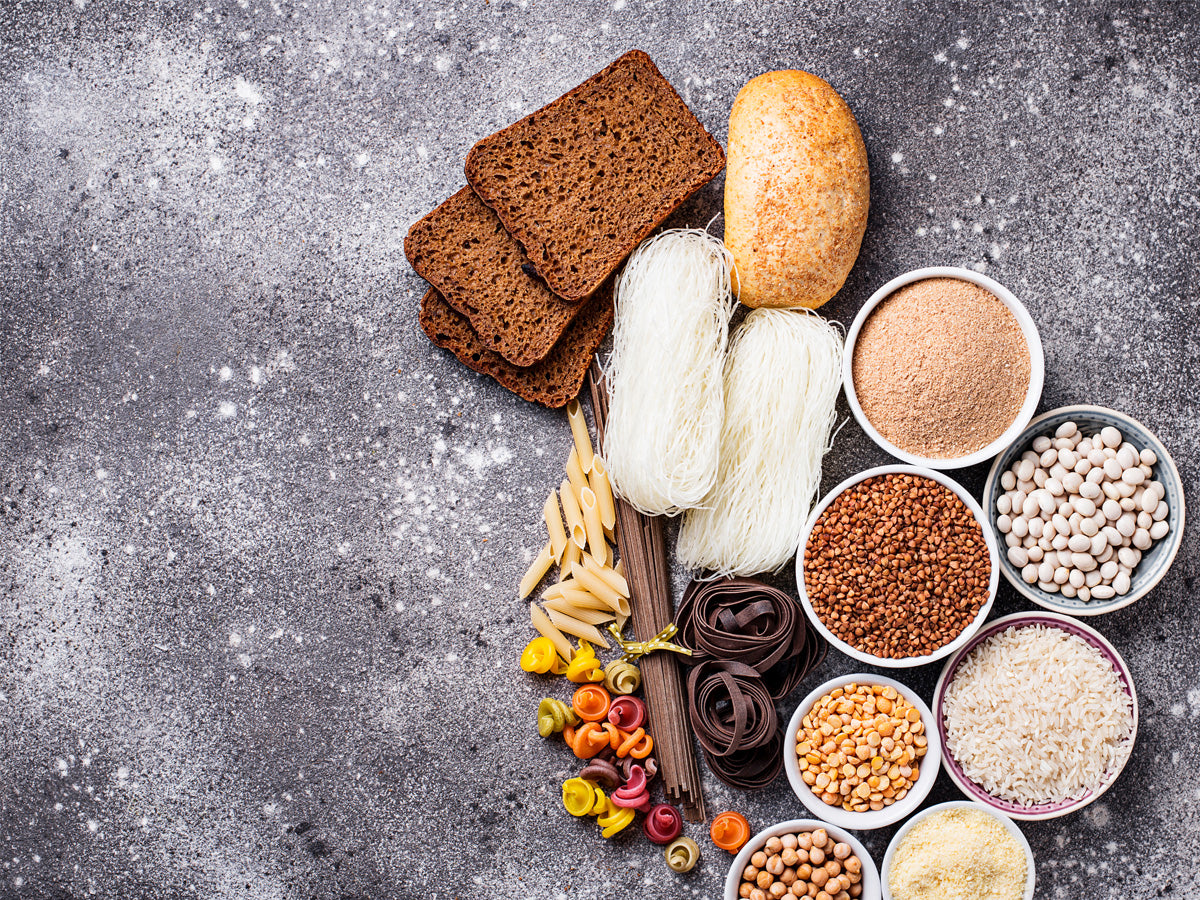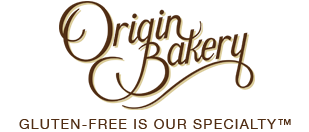
Incorporating multiple alternative grains in gluten-free baking offers a myriad of advantages beyond just meeting dietary restrictions. By combining grains like quinoa, teff, and millet, gluten-free baked goods boast enhanced nutritional profiles, packing essential vitamins, minerals, and fiber for overall health. These grains are also known to contain anti-inflammatory properties, aiding in reducing inflammation within the body.
Furthermore, the diverse array of grains promotes healthy metabolism, assisting in the efficient breakdown and utilization of foods. This can lead to better digestion and improved energy levels.
Beyond health benefits, the use of multiple alternative grains contributes to the rich and complex flavor profiles of gluten-free baked goods, elevating taste experiences. Additionally, these grains offer varied textures, resulting in moist, tender, and satisfying baked treats, akin to their gluten-containing counterparts. Thus, embracing a mix of alternative grains in gluten-free baking not only accommodates dietary needs but also enhances overall culinary enjoyment and well-being.


